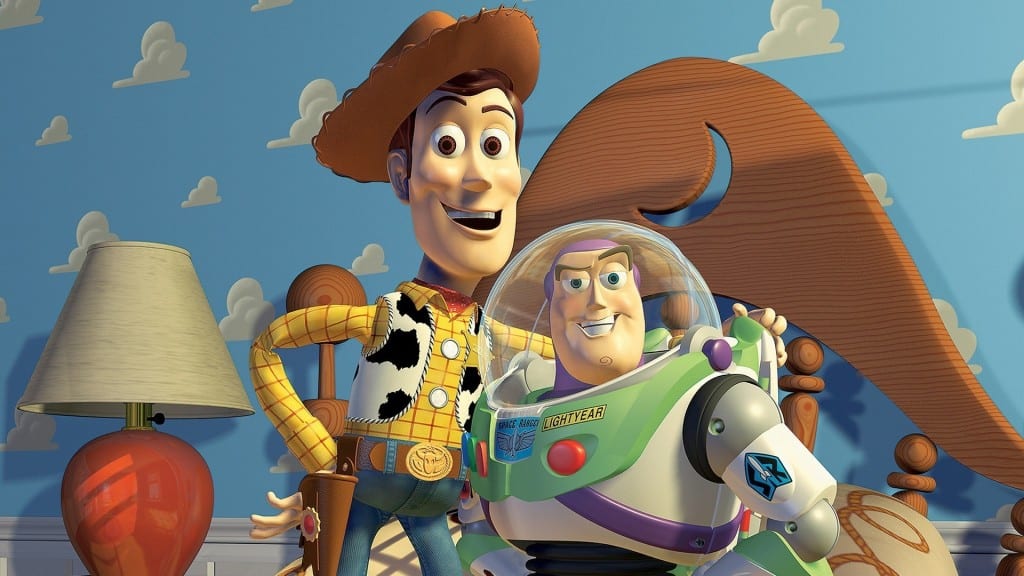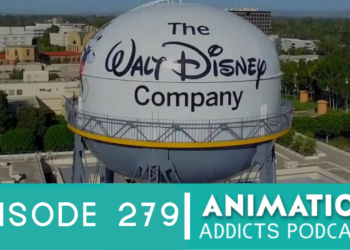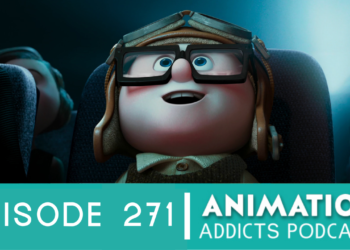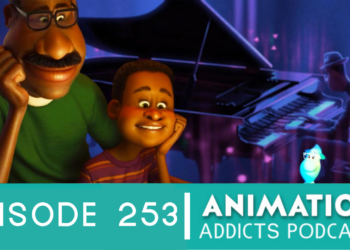Welcome to the Pixar Rewind! Over the next couple weeks, we at Rotoscopers will analyze every Pixar film ever, and what makes each one so great. At the end of the series, and after the release of ‘Inside Out,’ we will have a fan vote to determine which is the best of them all!
Toy Story is Pixar in a nutshell. It has phenomenal storytelling, iconic characters, a lot of heart, and John Ratzenberger. It’s one of the most beloved movies of the last few decades and it profoundly impacted the animation industry. It’s incredibly quotable and “To Infinity and beyond!” has entered common vocabulary. The story behind the making of this movie is almost as interesting as the movie itself. So let’s dig in and talk about all the things that make Toy Story such a fantastic movie.
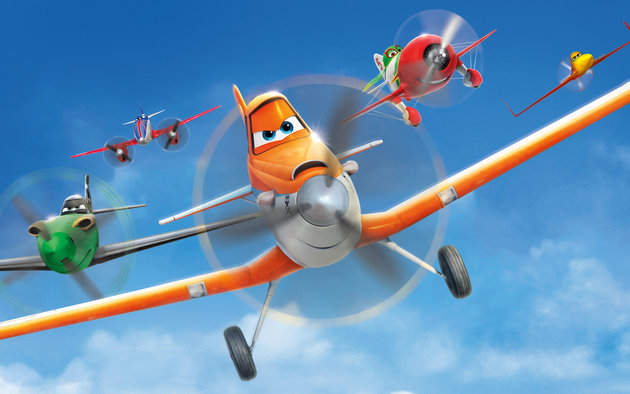
Inventing a System
As I am sure most of you know, Toy Story was the first ever computer-animated film. John Lasseter and Ed Catmull, now high ranking executives at both Disney and Pixar, always dreamed of making an animated movie using only computers. Now this sounds like a simple dream, but these people had to invent almost everything they needed from scratch to reach their goal. Not only did they have to create the technology necessary to animate a feature-length film, but they also had to teach their employees how to use it. And, since this was the studio’s first movie ever, they had to create the whole system. They basically tried to invent the wheel as they sped downhill.
Dailies screenings, supervision of hundreds of animators, layout, rendering…all these things are taken for granted now. But, back in the early 90s, Pixar made it up as they went. For example, in a traditionally animated film there are some animators assigned to specific characters to keep these characters’ designs consistent. With a computer model this isn’t necessary, so animators get their scenes assigned based on their comedic, dramatic, or other various strengths. These people were true pioneers of filmmaking. And their movie almost got cancelled.
Worried with their lack of experience, Disney established a clear bureaucracy the Pixar team needed to answer to. Drowned in studio notes, they dutifully addressed every single one. For example, they made Woody more “edgy” and considered alternate titles, since Jeffrey Katzenberg, then chairman of The Walt Disney Studios, thought the word ‘toy’ would drive away teenagers and adults.
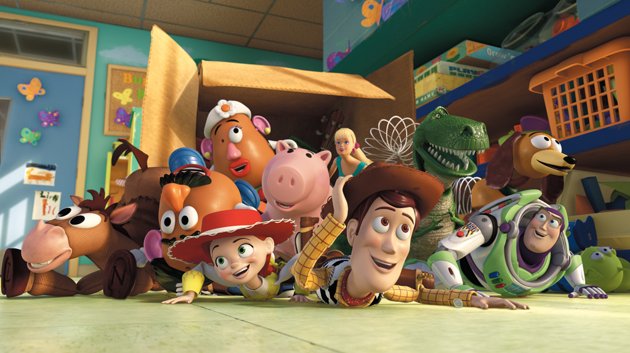
But, when they screened the movie for the first time, it was so terrible Disney ordered them to halt production and almost cancelled the project. Go watch this (particularly the last 3 minutes) and tell me you wouldn’t have done the same. Pixar asked them for two weeks to fix things and got them. And over those two weeks, Pixar as we know it today was born. They hit rock bottom and used it as the solid foundation on which they rebuilt themselves. A core team composed of John Lasseter, Pete Docter, Andrew Stanton, and Joe Ranft got together and started to discuss the movie they wanted to make. They were brutally honest with each other, they followed their gut, and they addressed the spirit of the notes they got instead of taking them literally. That system and spirit is what has made Pixar special since.
After their extra time went by, Disney was impressed by how fast they got things on track and allowed the project to move forward. A few more key players arrived, including Joss Whedon and Lee Unkrich, the latter of whom is still at Pixar and directed Toy Story 3. Things clicked and the movie we know and love today started to take shape.
World-Building
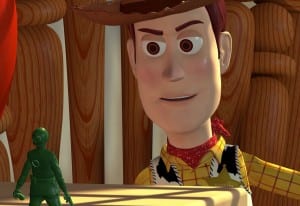
You’re used to it now, but have you ever given any thought to the world of the Toy Story films? Do you realize how genius it is that the toys want to be played with and that all their insecurities, fears, and happinesses come from this fact? It’s so obvious that toys would be terrified of Christmas and birthdays. And the fact that Pixar filmmakers came up with such a simple, logical idea that no one else had thought of before is the genius behind Toy Story.
When you read about the history behind the movie, you’re amazed at all the changes it went through. At first, the toys were more child-like and had none of the complex, adult personalities they had at the end. But, the more these people worked on the idea, the better and better it got. And their accomplishments are applause-worthy: They created a world where toys are alive and gave it logical rules that made sense. They gave the toys a collective wish -to be played with- and built their personalities, strengths, and weaknesses around it. They created a culture. But none of this would’ve mattered if they hadn’t created amazing characters.
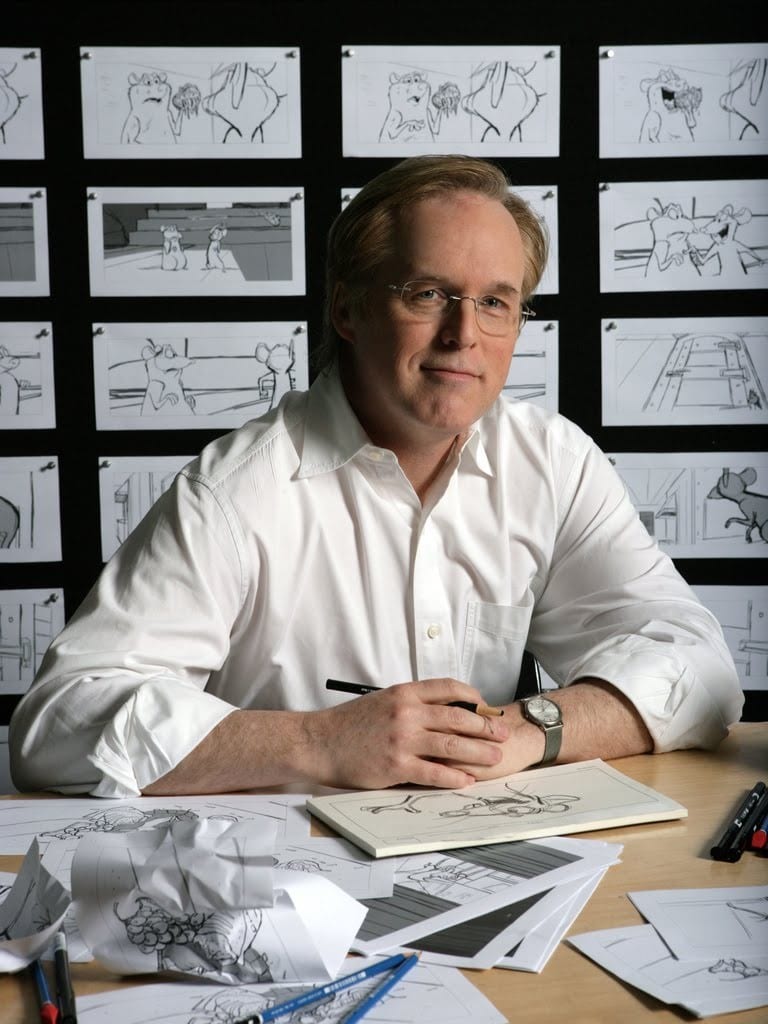
Woody and Buzz
The central relationship of the movie is between Woody and Buzz. It’s a very complex one, given Woody’s jealousy. And his feelings toward Buzz are something we can all relate to. A five-year-old can see himself as Woody and his new baby sibling as Buzz. An adult can perhaps think of a time when a close friend started dating someone and forgot about them. That fear of being replaced or abandoned is universal and makes everything in Toy Story work really well.
Then there’s Buzz Lightyear and his conviction that he is an actual space ranger. This immediately creates so much conflict and opens the door to so many funny situations. Plus, he’s an astronaut and he’s Andy’s favorite toy without even realizing he is one. To the cowboy Woody, nothing can be worse. This is his worst nightmare, his deepest fears personified into a cool toy that even his friends admire. That’s great storytelling, folks.
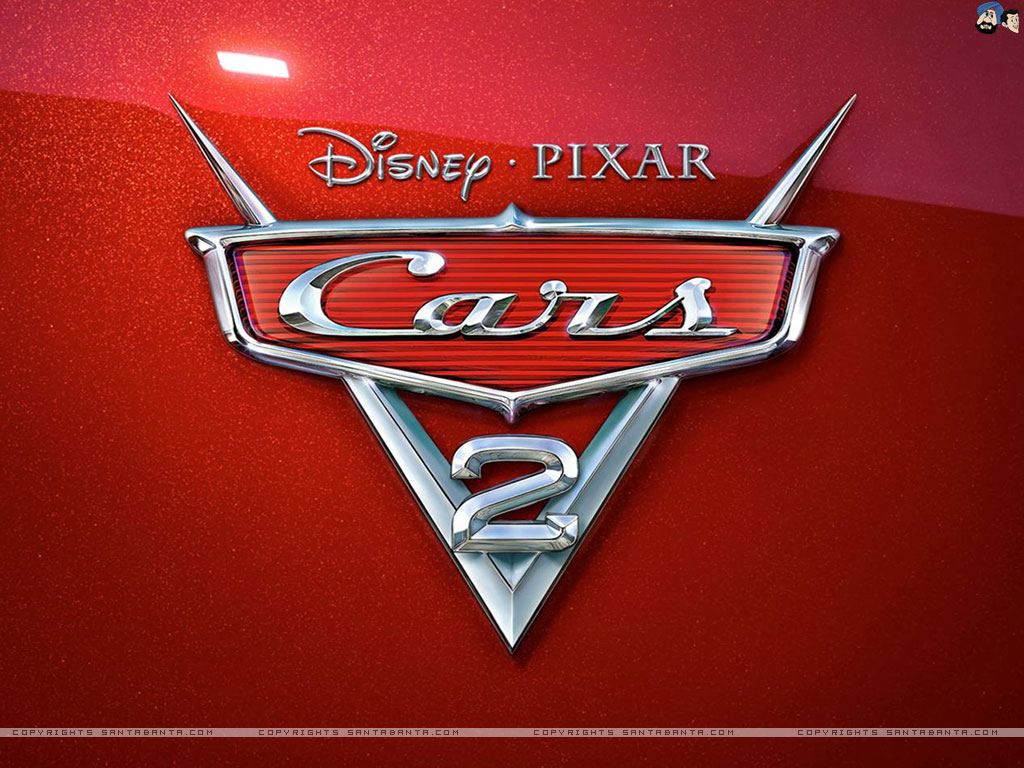
On top of that, the supporting cast is phenomenal. You have the over-the-top Sid, who orders rockets that are delivered by Ill Eagle, and you have the adorable Andy. And then there are all the other toys: Rex and his insecurities, Mr. Potato Head with his sarcasm, Hamm, Slinky, and the Green Army Men…they’re all great and they make the story better.
Speaking of Story…
But the greatest accomplishment of Toy Story is that it tells such a wonderful story. It makes you laugh, it makes you tear up, and it makes you want to go to Pizza Planet. When the movie hit theaters it became a phenomenon beyond anyone’s wildest expectations. It finished the year as 1995’s highest grossing film and Woody and Buzz toys were sold out nationwide (even after Hasbro and Mattel passed on producing them). But, most importantly, the audiences loved it.
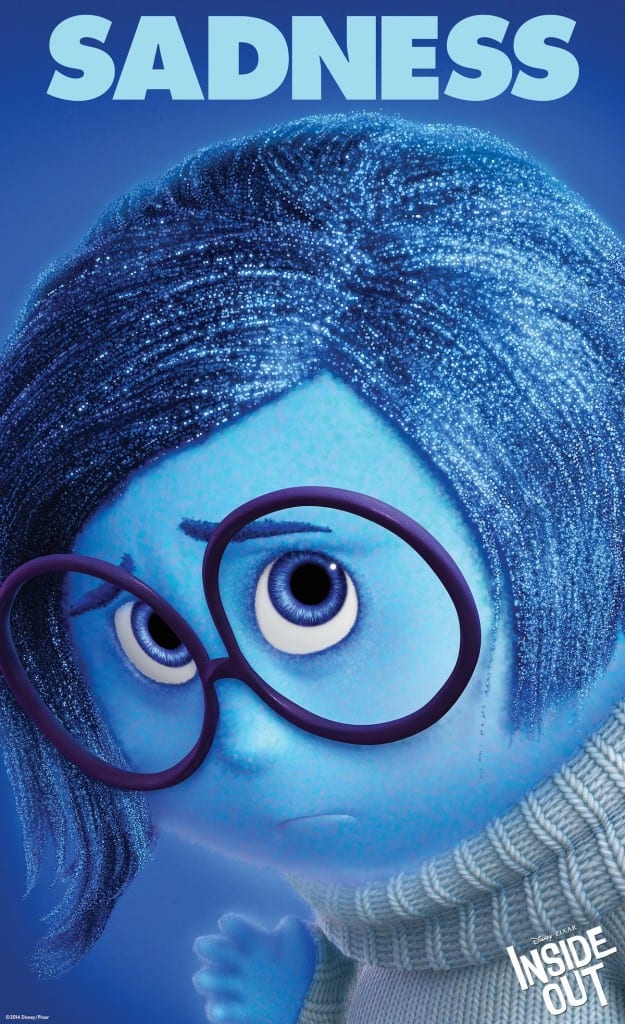
John Lasseter said his favorite thing about all the positive reviews was that they barely mentioned the computer-animation at all. Even though they all spent an alarming amount of time and money developing the technology, they wanted Toy Story to succeed as a movie, not as a technology advertisement. And they succeeded. People all around the world filled theater after theater to watch Sheriff Woody and Buzz Lightyear because they loved them and because they made them laugh and feel. And that is Pixar’s greatest accomplishment: to make people care, a lot, about digital characters made my something as distinctly non-human as a computer; to infuse these characters and movies with so much heart that both a little toddler and their grandparents can feel so strongly about them. Toy Story was the first time they did it. It was the beginning of something beautiful.
Is Toy Story your favorite Pixar movie? Let us know in the comments!
Edited by: Hannah Wilkes


